Herpes on your hands pictures. Herpetic Whitlow: Causes, Symptoms, and Treatment of Herpes on Hands
What are the common signs of herpetic whitlow. How is herpes on hands transmitted. What treatments are available for herpetic whitlow. Who is most at risk for developing herpes on their hands. How long does an outbreak of herpes on hands typically last. What self-care measures can help manage herpetic whitlow symptoms. When should you seek medical attention for a finger sore.
What is Herpetic Whitlow?
Herpetic whitlow is a viral infection caused by the herpes simplex virus (HSV) that affects the fingers or thumbs. It results in painful blisters and sores, typically on the fingertips. There are two types of HSV that can cause herpetic whitlow:
- HSV-1: More commonly associated with oral herpes
- HSV-2: Usually linked to genital herpes
While both types can infect the fingers, HSV-1 is more frequently responsible for herpetic whitlow cases, especially in children and healthcare workers.
Who is at Risk for Developing Herpetic Whitlow?
Herpetic whitlow can affect individuals of any age, race, ethnicity, or gender. However, certain groups are at higher risk:

- Children: Often contract the infection through thumb or finger sucking when they have an active oral herpes infection
- Dental and medical workers: May acquire the virus through contact with infected patients
- People with weakened immune systems: More susceptible to HSV infections
- Individuals with a history of oral or genital herpes: At risk of autoinoculation (self-infection)
How does transmission occur? The virus spreads through direct contact with infected skin or bodily fluids. In healthcare settings, proper use of gloves and hand hygiene is crucial to prevent transmission.
Recognizing the Signs and Symptoms of Herpetic Whitlow
The development of herpetic whitlow typically follows a specific pattern:
- Incubation period: 5-7 days after initial exposure
- Prodrome: Burning, tingling, or pain in the affected area
- Active phase: Inflammation, swelling, and formation of small fluid-filled blisters
- Healing: Rupture of blisters, scabbing, and complete healing within 2-4 weeks
Where do herpetic whitlow symptoms commonly appear? The most frequently affected areas include:

- Thumb
- Index finger
- Other fingers
Can herpetic whitlow cause systemic symptoms? In some cases, especially during primary infections, individuals may experience:
- Fever
- Lymphangitis (red streaks radiating from the infected finger)
- Swollen lymph nodes in the elbow or armpit
Diagnosing Herpetic Whitlow: What to Expect
How do healthcare providers diagnose herpetic whitlow? In most cases, the condition can be diagnosed through a physical examination and patient history. However, additional tests may be necessary for confirmation:
- Viral culture: A swab from the infected area is sent to a laboratory for analysis
- PCR (Polymerase Chain Reaction) test: Detects viral DNA in a sample
- Blood tests: May be performed to check for antibodies against HSV
Is it possible to mistake herpetic whitlow for other conditions? Yes, herpetic whitlow can sometimes be confused with:
- Bacterial paronychia
- Felons (fingertip abscesses)
- Cellulitis
Accurate diagnosis is crucial for appropriate treatment and management.

Treatment Options for Herpetic Whitlow
While herpetic whitlow will eventually resolve on its own, treatment can help alleviate symptoms and reduce the duration of the outbreak. What are the primary treatment approaches?
Antiviral Medications
Oral antiviral drugs are the mainstay of treatment for herpetic whitlow. Common options include:
- Acyclovir (Zovirax)
- Valacyclovir (Valtrex)
- Famciclovir (Famvir)
These medications work by inhibiting viral replication, thereby shortening the duration of symptoms and reducing the risk of transmission.
Pain Management
Over-the-counter pain relievers can help manage discomfort associated with herpetic whitlow:
- Acetaminophen (Tylenol)
- Ibuprofen (Advil, Motrin)
Topical Treatments
While not as effective as oral antivirals, some topical treatments may provide symptomatic relief:
- Topical lidocaine for pain relief
- Zinc oxide cream to promote healing
Is it necessary to drain the blisters? No, it’s important to avoid popping or draining the blisters, as this can lead to bacterial infection and delayed healing.

Self-Care Measures for Managing Herpetic Whitlow
In addition to medical treatments, several self-care strategies can help manage symptoms and prevent the spread of infection:
- Keep the affected area clean and dry
- Apply cool compresses to reduce swelling and discomfort
- Cover the lesions with a sterile bandage
- Avoid touching or picking at the blisters
- Wash hands frequently, especially after touching the affected area
- Use separate towels and personal care items
How long should these precautions be maintained? It’s important to continue these measures until the lesions have completely healed to prevent transmission to others or autoinoculation to other body parts.
Preventing the Spread of Herpetic Whitlow
Preventing the transmission of herpetic whitlow is crucial, especially for those in high-risk professions. What are some key preventive measures?
- Proper hand hygiene: Regular handwashing with soap and water
- Use of protective barriers: Gloves for healthcare workers and those with active lesions
- Avoiding direct contact: Refraining from touching active lesions on oneself or others
- Managing underlying herpes infections: Treating oral or genital herpes promptly
Can vaccination prevent herpetic whitlow? Currently, there is no vaccine available to prevent HSV infections, including herpetic whitlow. Research is ongoing in this area.

When to Seek Medical Attention for Herpetic Whitlow
While many cases of herpetic whitlow can be managed at home, certain situations warrant medical attention. When should you consult a healthcare provider?
- If you suspect you have herpetic whitlow for the first time
- If symptoms are severe or worsening despite self-care measures
- If you have a weakened immune system
- If you develop signs of secondary bacterial infection (increased redness, warmth, or pus)
- If you experience frequent recurrences
What can you expect during a medical consultation? Your healthcare provider will likely perform a physical examination, review your medical history, and may order additional tests if necessary. They can then recommend appropriate treatment options based on your individual case.
Living with Recurrent Herpetic Whitlow
For some individuals, herpetic whitlow may recur periodically. How do recurrent infections differ from the initial outbreak?
- Generally milder symptoms
- Shorter duration (typically 5-10 days)
- May be preceded by prodromal symptoms (tingling, burning)
What strategies can help manage recurrent infections?
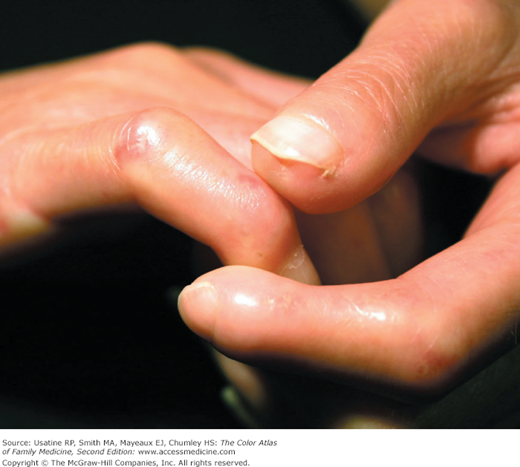
- Recognizing early symptoms and starting treatment promptly
- Maintaining good overall health to support immune function
- Identifying and managing triggers (stress, illness, hormonal changes)
- Considering suppressive antiviral therapy for frequent recurrences
Is it possible to completely prevent recurrences? While it’s not always possible to eliminate recurrences entirely, proper management can significantly reduce their frequency and severity.
Herpetic Whitlow in Special Populations
Children
How does herpetic whitlow present in children? In pediatric cases, the infection often results from thumb or finger sucking when there’s an active oral herpes infection. Key considerations for managing herpetic whitlow in children include:
- Age-appropriate explanation of the condition
- Assistance with hygiene measures
- Preventing spread to other children
- Monitoring for complications
Healthcare Workers
Why are healthcare workers at increased risk? Frequent contact with patients’ bodily fluids puts healthcare workers at higher risk of acquiring herpetic whitlow. Special considerations for this group include:
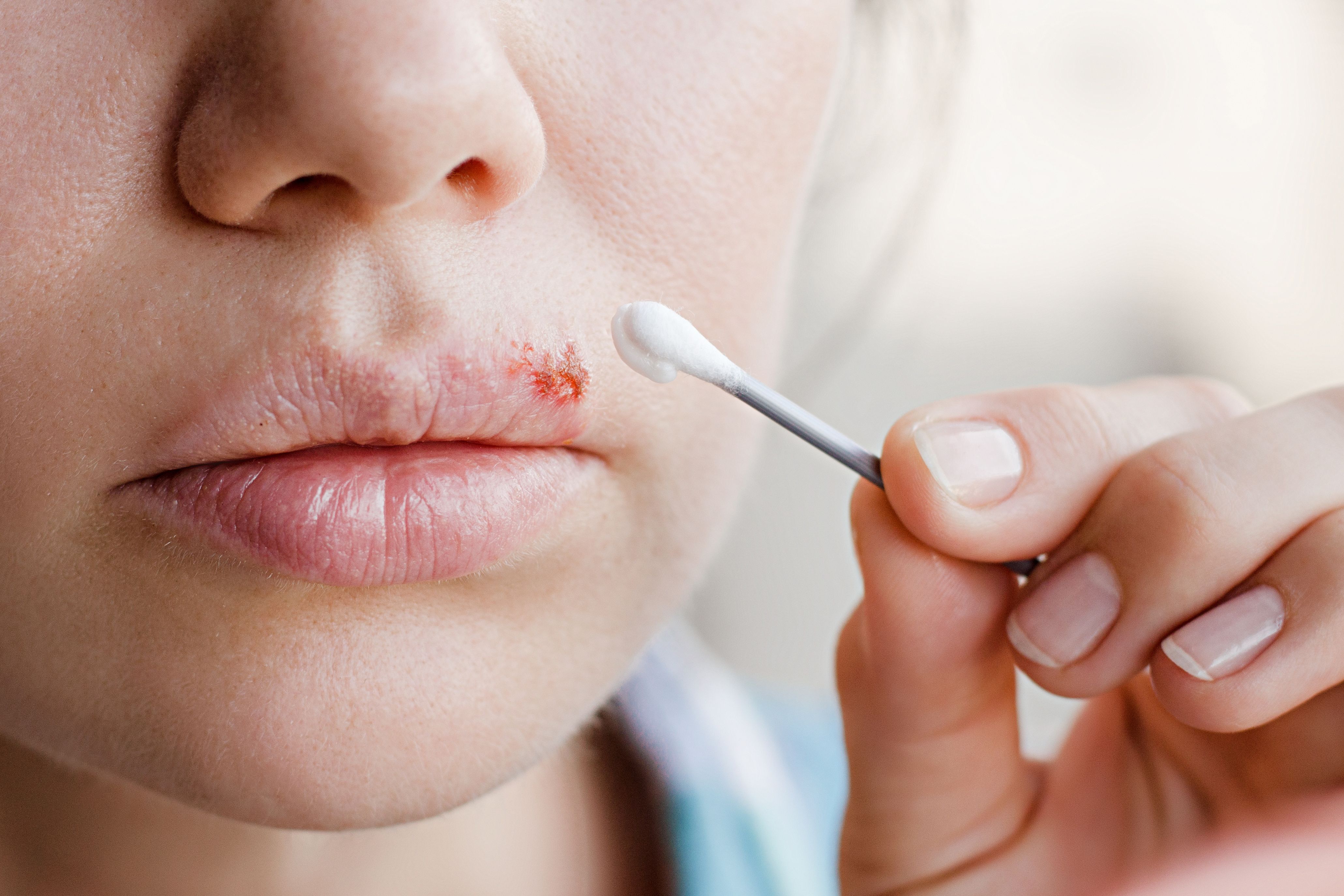
- Strict adherence to infection control protocols
- Proper use of personal protective equipment
- Work restrictions during active outbreaks
- Regular education on prevention strategies
Immunocompromised Individuals
How does herpetic whitlow affect those with weakened immune systems? Immunocompromised individuals may experience:
- More severe symptoms
- Longer duration of outbreaks
- Higher risk of complications
- More frequent recurrences
Management in these cases often requires close collaboration between the patient, their primary care provider, and specialists.
Complications and Long-Term Outlook of Herpetic Whitlow
While herpetic whitlow is generally a self-limiting condition, complications can occur in some cases. What are potential complications?
- Secondary bacterial infections
- Spread of infection to other parts of the body (herpetic keratitis if spread to the eyes)
- Scarring of the affected area
- Psychological distress due to recurrent outbreaks
What is the long-term outlook for individuals with herpetic whitlow? Most people with herpetic whitlow have a good prognosis. While recurrences can occur, they often become less frequent and less severe over time. With proper management and preventive measures, many individuals can effectively control the condition and minimize its impact on their daily lives.
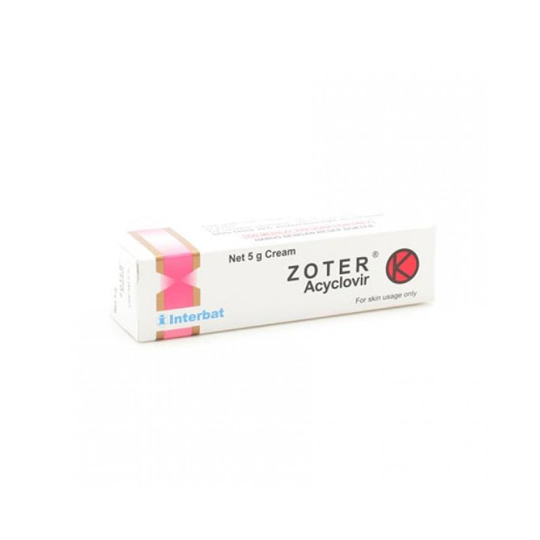
Research and Future Directions in Herpetic Whitlow Management
What areas of research are currently being explored in relation to herpetic whitlow and HSV infections?
- Development of more effective antiviral medications
- Exploration of immunomodulatory therapies
- Ongoing efforts to create an HSV vaccine
- Investigation of novel diagnostic techniques for rapid, point-of-care testing
How might these advancements impact the management of herpetic whitlow in the future? As research progresses, we may see improvements in:
- Prevention strategies
- More targeted and effective treatments
- Reduced frequency and severity of recurrences
- Better quality of life for those affected by HSV infections
While herpetic whitlow can be a challenging condition, understanding its causes, symptoms, and management strategies can help individuals and healthcare providers effectively address this viral infection. By staying informed about current research and treatment options, those affected by herpetic whitlow can work towards optimal management and improved quality of life.
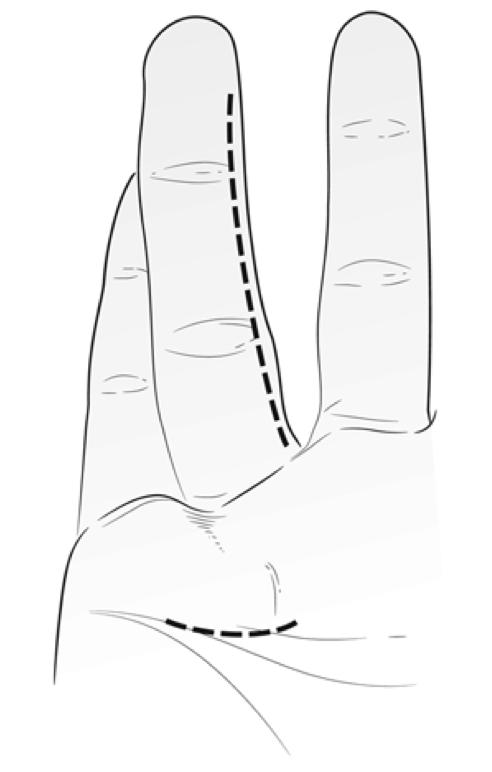
Herpetic Whitlow Condition, Treatments and Pictures for Adults
Who’s At Risk?
Herpetic whitlow can affect people of any age, race / ethnicity, and sex. However, it is more common in children and in dental and medical workers. Children often contract herpetic whitlow as a result of thumb- or finger-sucking when they have a herpes infection of the lips or mouth. Dental and medical workers may contract herpetic whitlow by touching the contagious lesions of a patient with HSV infection. In these groups of people—children and health care workers—herpetic whitlow is most commonly caused by HSV-1. In others, herpetic whitlow is usually caused by infection with HSV-2.
Signs & Symptoms
The most common locations for herpetic whitlow include the:
- Thumb.
- Index finger.
- Other fingers.
Approximately 5-7 days after the initial exposure to HSV, the infected area develops burning, tingling, and pain. Over the next week or 2, the finger becomes inflamed and swollen. Small (1-3 mm) vesicles (fluid-filled blisters) develop, often clustered together on a bright red or darker-than-normal skin color (hyperpigmented) base. The vesicles usually rupture and scab over, leading to complete healing after an additional 2 weeks.
Small (1-3 mm) vesicles (fluid-filled blisters) develop, often clustered together on a bright red or darker-than-normal skin color (hyperpigmented) base. The vesicles usually rupture and scab over, leading to complete healing after an additional 2 weeks.
Other symptoms occasionally associated with the primary infection of herpetic whitlow include:
- Fever.
- Red streaks radiating from the finger (lymphangitis).
- Swollen lymph nodes in the elbow or underarm area.
Coexisting herpes simplex virus infection of the mouth area or of the genital area may also be present.
Recurrent HSV infections are often milder than the primary infection, although they look similar. A recurrent infection typically lasts 5-10 days. Recurrent herpetic whitlow is rare.
People with recurrent HSV infections may report that the skin lesions are preceded by sensations of burning, itching, or tingling (prodrome). About 24 hours after the prodrome symptoms begin, the actual lesions appear as one or more small blisters, which eventually open up and become scabbed over.
Self-Care Guidelines
Acetaminophen (Tylenol) or ibuprofen (Advil, Motrin) may help reduce fever and pain caused by the herpes sores. Applying cool compresses or ice packs may also relieve some of the swelling and discomfort.
Because HSV infections are very contagious, it is important to take the following steps toward preventing spread (transmission) of the virus during the prodrome phase (burning, tingling, or itching) and active phase (presence of blisters or sores) of herpetic whitlow:
- Avoid sharing towels and other personal care items.
- Cover the affected finger with a bandage.
- Wear gloves if you are a health care provider.
- Avoid popping any blisters, as it may make the condition worse.
Unfortunately, the virus can still be transmitted even when someone does not have active lesions. However, this is uncommon for people with herpetic whitlow.
Treatments
Most HSV infections are easy for medical professionals to diagnose.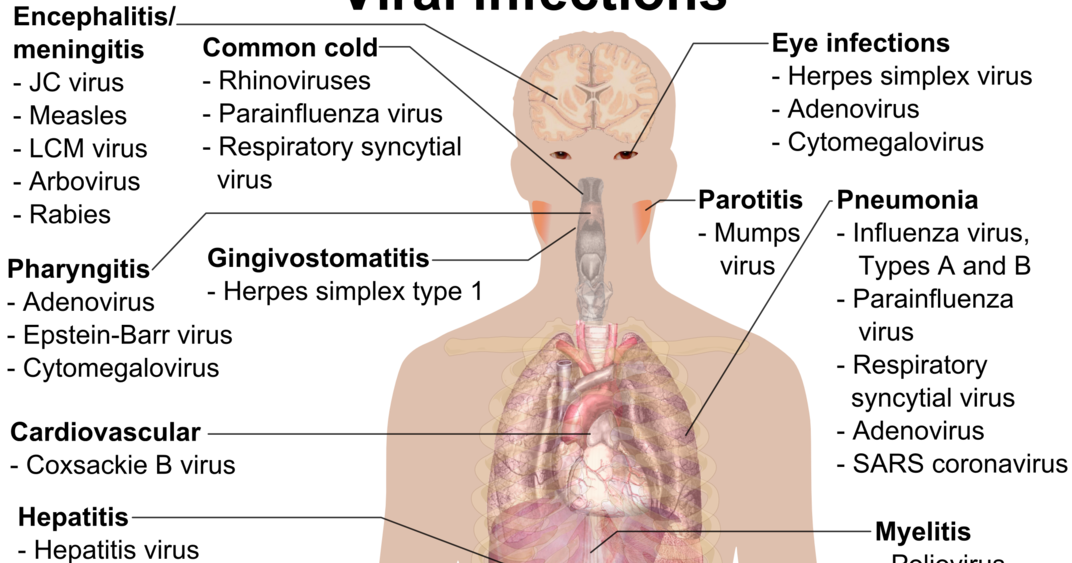 On occasion, however, a swab from the infected skin may be sent to the laboratory for viral culture, which takes a few days to grow. Blood tests may also be performed.
On occasion, however, a swab from the infected skin may be sent to the laboratory for viral culture, which takes a few days to grow. Blood tests may also be performed.
Untreated HSV infections will go away on their own, but medications can reduce the symptoms and shorten the duration of outbreaks. There is no cure for HSV infection.
Although herpetic whitlow symptoms will eventually go away on their own, your medical professional may prescribe antiviral medications to help relieve symptoms and prevent spread of the infection to other people, such as acyclovir (Zovirax), valacyclovir (Valtrex), or famciclovir (Famvir).
More severe herpetic whitlow may require oral antibiotic pills if the area is also infected with bacteria.
Visit Urgency
If you develop a tender, painful sore on the finger, see a medical professional, especially if it is not going away or if it seems to be getting worse. Seek medical attention right away if you have a finger sore as well as typical symptoms of oral or genital herpes.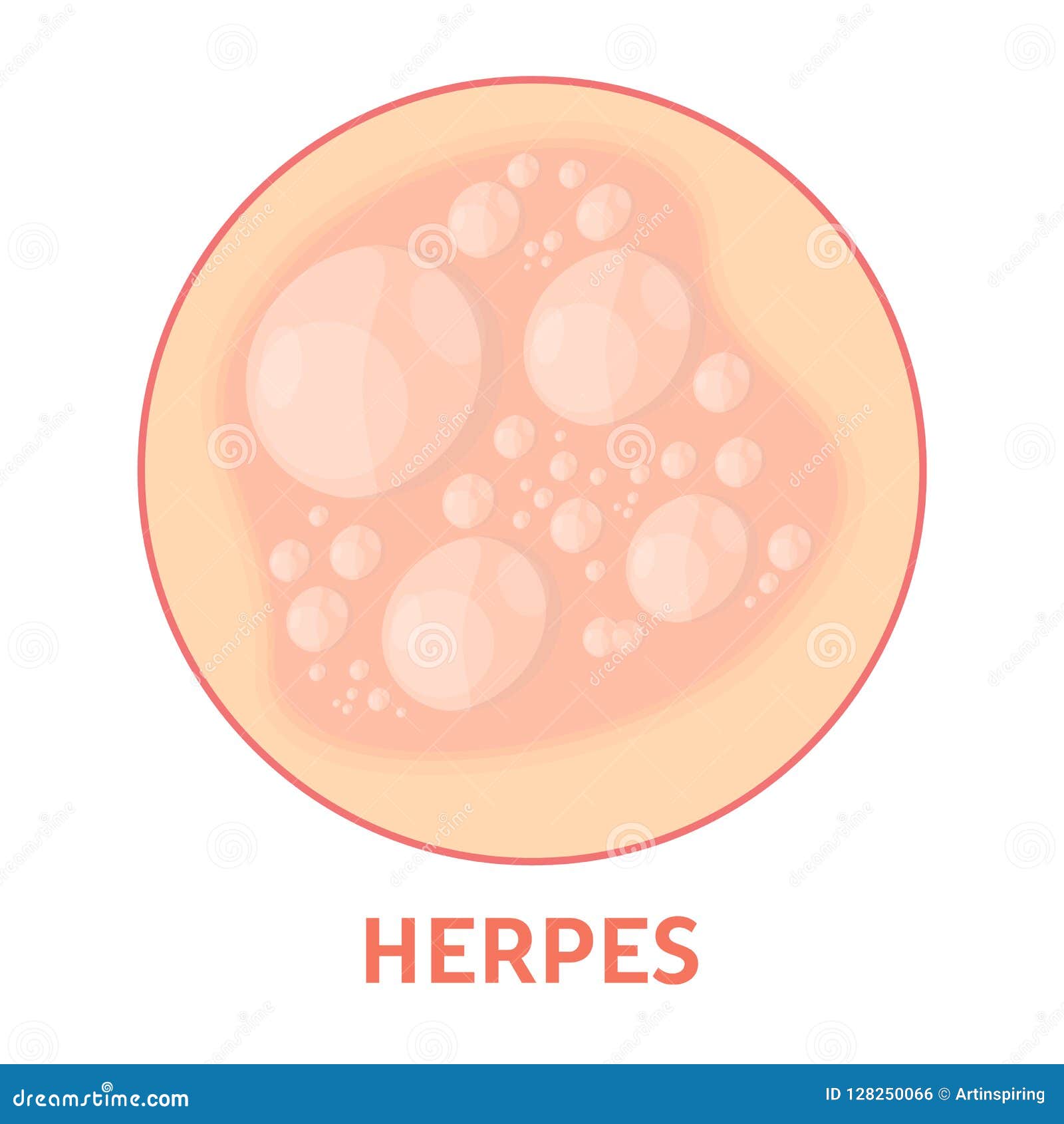
Trusted Links
- MedlinePlus: Finger Injuries and Disorders
- MedlinePlus: Herpes Simplex
- Clinical Information and Differential Diagnosis of Herpetic Whitlow
References
Bolognia J, Schaffer JV, Cerroni L. Dermatology. 4th ed. Philadelphia, PA: Elsevier; 2018.
James WD, Elston D, Treat JR, Rosenbach MA. Andrew’s Diseases of the Skin. 13th ed. Philadelphia, PA: Elsevier; 2019.
Kang S, Amagai M, Bruckner AL, et al. Fitzpatrick’s Dermatology. 9th ed. New York, NY: McGraw-Hill Education; 2019.
Disease Groups:
Common Nail Problems
Last modified on May 24th, 2023 at 11:55 am
Not sure what to look for?
Try our new Rash and Skin Condition Finder
Close
Search for:
All Skin TypesDark SkinLight Skin
Herpes on Hands Pictures – 48 Photos & Images / illnessee.
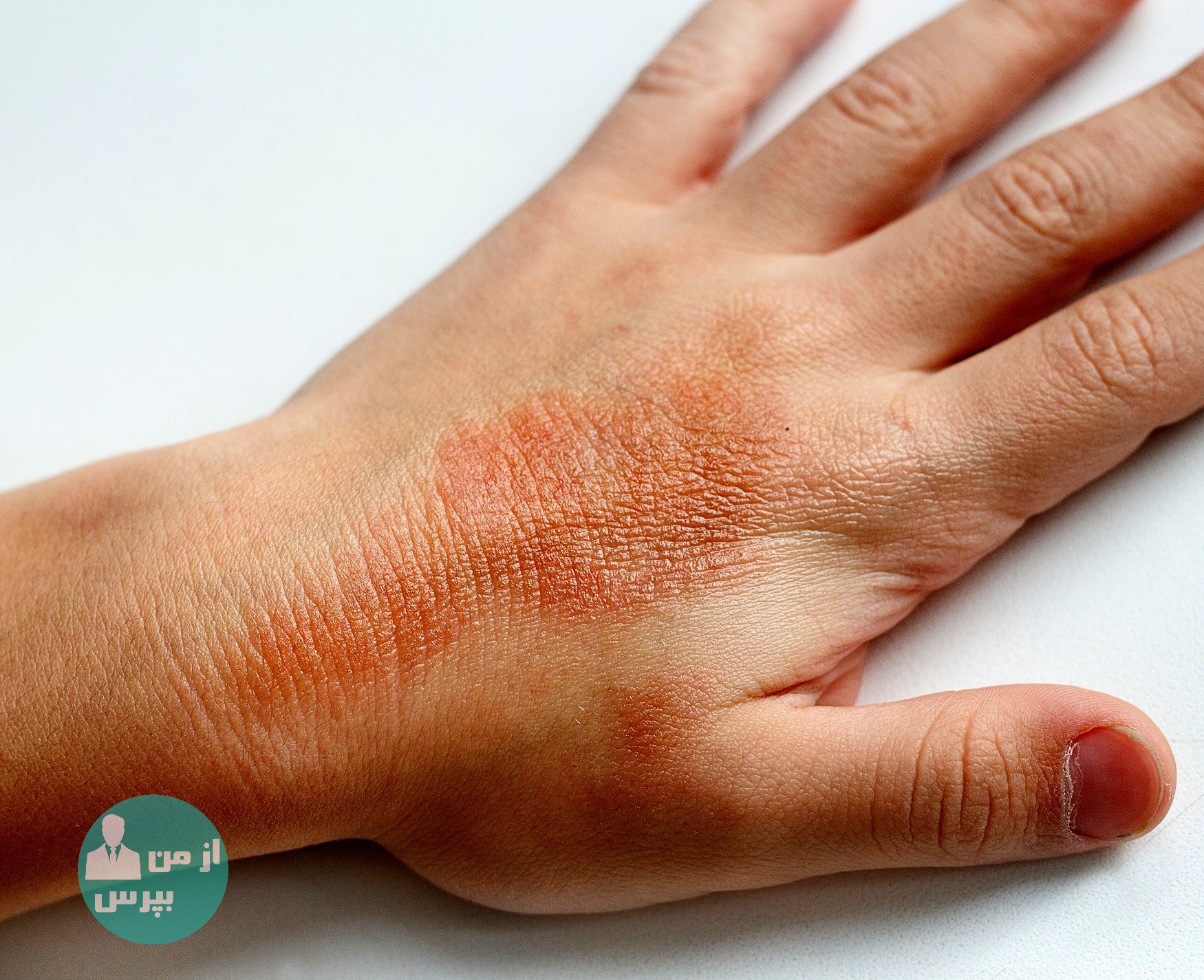 com
com
Herpes infection may appear on any part of the body. It is a viral disease, which can be caused either by type 1 or type 2 herpes simplex virus. The infection is categorized according to the area of infection. The most commonly seen are herpes zoster, oral herpes (also known as cold sores, fever blisters), genital herpes, herpetic whitlow (commonly called herpes on hands), etc. It is also known as digital herpes simplex, finger herpes, etc. The infection goes through a cycle of active and remission phases. The active phase can last for anywhere between 2 to 21 days. In the remission phase, the sores go away completely. Normally, a person may be infected with it only once in their lifetime. However, in some rare cases, there can be recurrence of the disease. This infection normally occurs on the fingers or the fingernail area. The name of the virus causing this condition is herpes simplex virus (HSV). It is extremely contagious condition and spreads easily.
Causes of Herpetic Whitlow
The main cause is due to the presence of chickenpox virus in the body. After a person contracts chickenpox, the virus may remain in the body in a dormant condition. When the virus becomes active, it gives rise to herpes infection. Other than this, it can be caused due to other reasons as well. The most common cause is spread of the infection is through touch, as it is very contagious. Infection present on one part of the body can spread to other parts of the body. Health care professionals are often at risk of contracting the infection from the patients. Children are also susceptible to this infection.
After a person contracts chickenpox, the virus may remain in the body in a dormant condition. When the virus becomes active, it gives rise to herpes infection. Other than this, it can be caused due to other reasons as well. The most common cause is spread of the infection is through touch, as it is very contagious. Infection present on one part of the body can spread to other parts of the body. Health care professionals are often at risk of contracting the infection from the patients. Children are also susceptible to this infection.
Herpetic Whitlow Symptoms
Herpes infection on the hands is most likely to be caused on the thumbs or the index fingers. The condition arises anywhere after 2 to 20 days after being exposed to the virus. The first symptom of herpes often is burning and/or tingling sensation along with pain. Subsequently the affected area becomes red and there is a swelling on the finger. In the next stage, clustered blisters are seen on the affected finger. These blisters have a bright red base to them. Along with the blisters, there are other symptoms of this condition as well. Fever often accompanies the herpes infection. In some cases, the lymph nodes present in the elbow or in the underarm area may be swollen. The chances of recurrence of the infection is rare. But in some cases, certain triggers like sun exposure, hormonal changes, trauma, stress, etc., can cause the disease to recur.
Along with the blisters, there are other symptoms of this condition as well. Fever often accompanies the herpes infection. In some cases, the lymph nodes present in the elbow or in the underarm area may be swollen. The chances of recurrence of the infection is rare. But in some cases, certain triggers like sun exposure, hormonal changes, trauma, stress, etc., can cause the disease to recur.
Treatment for Herpetic Whitlow
It is extremely important to take care of the condition and not let it spread to other parts of the body. Antiviral medications can be applied topically. There are different topical medications, which you can make use of. It is better to consult your health care professional to know about the one suitable for you. Likewise, there are also antiviral medications which can be taken orally. These medicines are said to prevent the recurrence of the condition.
A paste of baking soda and water can be applied to the finger or hand. After touching the infection, it is a MUST to wash hands with warm water and soap.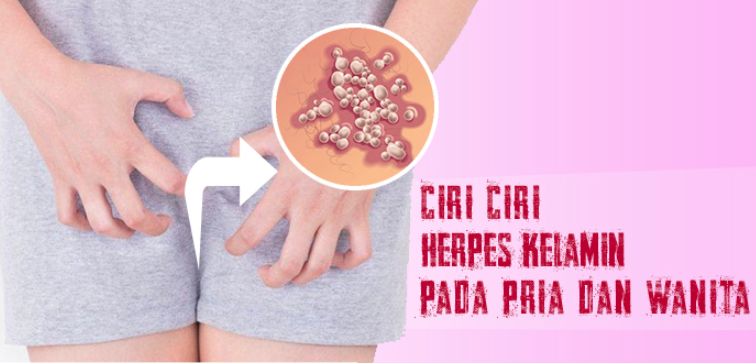 Keep the affected area as dry as you can to facilitate recovery. One natural cure for herpes is the use of cold tea bags. Using these arrests viral activity and number of outbreaks reduces drastically.
Keep the affected area as dry as you can to facilitate recovery. One natural cure for herpes is the use of cold tea bags. Using these arrests viral activity and number of outbreaks reduces drastically.
If someone in your family is affected with this condition, care should be taken to stop the infection from spreading. It is best to wash the clothes of the infected person separately, along with the bed linen. It is best not to come in contact with the person physically. Contact your physician at the earliest.
Herpes on the hands, treatment, symptoms and causes of herpes on the finger
Herpes is one of the most common viral diseases in the world. It causes the appearance of blistering rashes on the mucous membranes and skin. With the disease at least once in a lifetime, but faced by every person. Most often, the rash occurs on the lips, nose, or mouth. But in more rare cases, herpes can also affect the skin of the hands. This form of the disease is caused by the first or second strain of the virus.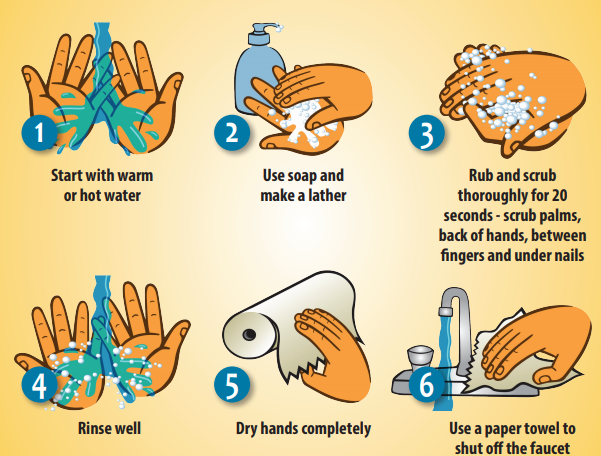 You can cope with it quickly enough if you start therapy immediately after the first signs appear.
You can cope with it quickly enough if you start therapy immediately after the first signs appear.
The information in this section should not be used for self-diagnosis or self-treatment. In case of pain or other exacerbation of the disease, only the attending physician should prescribe diagnostic tests. For diagnosis and proper treatment, you should contact a specialist.
Symptoms of the disease
Recognizing herpes is quite simple, because its signs are quite specific. The disease is indicated by the appearance on the hands of numerous vesicles filled with a light liquid. Their occurrence is preceded by:
- redness of the hands;
- itching and burning of the skin;
- tingling sensation.
Herpes on the fingers brings patients severe discomfort, including psychological. Rashes look unaesthetic, so the patient tries to constantly hide them from others. After some time, the bubbles begin to burst, and weeping ulcers form in their place, which can:
- merge into one erosive area;
- form purulent inflammation;
- accompanied by severe pruritus.

If you start treating herpes on your hands in a timely manner, then the above complications can be avoided. After the sores are covered with a crust and completely healed, no pigment spots or scars remain in their place. As a rule, recovery occurs 6-7 days after the onset of the first symptoms.
Causes of herpes on the fingers
The disease provokes a virus that can live in the body for a long time and does not manifest itself. Its activity is due to a decrease in the protective forces of immunity. Therefore, most often herpes on the hands occurs due to:
- body hypothermia;
- malnutrition;
- strong emotional upheavals;
- exacerbations of chronic diseases;
- past infections;
- colds.
The above provoking factors activate the reproduction of the virus. The defeat of the fingers and palms occurs, as a rule, when the infection is transferred from the main focus. For example, a virus may first cause a rash on the lips. Touching it with his hands, a person easily transfers the infection to the skin of his fingers. The virus quickly penetrates into tissues if there is on the skin:
Touching it with his hands, a person easily transfers the infection to the skin of his fingers. The virus quickly penetrates into tissues if there is on the skin:
- scratches;
- wounds;
- cuts;
- combs.
Therefore, you can protect yourself from the appearance of herpes on the fingers if you follow the rules of personal hygiene. It is very important to wash your hands after applying medication to a rash. But it is best to use special cotton swabs or discs when treating herpes.
Which doctor should I contact?
The disease does not pose a danger to humans, but its complications can be serious. Herpes on the finger, the treatment of which was carried out incorrectly, can provoke the appearance of eczema, dermatitis, neurodermatitis. Therefore, it is important to start therapy in a timely manner, which is prescribed:
Our specialists
Suvan-ool Marina Anatolievna
Therapist
Gastroenterologist
Pulmonologist
83%
Satisfied with the result of treatment
m.
Therapist
98%
Satisfied with the result of treatment
Gastroenterologist
Nutritionist
98%
Satisfied with the result of treatment
m.0002 Cardiologist
Therapist
98%
Satisfied with the result of treatment
m. 0002 are satisfied with the result of treatment
m.
Gastroenterologist
98%
satisfied with the result of treatment
m. It is enough for a qualified specialist to simply conduct an examination to make a diagnosis. But he also needs to understand what caused the infection of the skin of the hands. Therefore, the doctor will interview the patient. He will ask for clarification:
Therefore, the doctor will interview the patient. He will ask for clarification:
- How long ago did the symptoms of the disease appear?
- How often does herpes occur?
- Has the person been in contact with an infected person?
- Are there any chronic diseases?
- How did you try to treat yourself?
- Are there drug allergies?
Based on the data received, the doctor develops a treatment program. Therapy is always compiled by a specialist for the patient on an individual basis, taking into account the age of the person, his general state of health and the extent of skin lesions.
Treatment of herpes on the hands
Only drug therapy is used to combat the disease. First of all, the patient is prescribed antiviral drugs. They help stop the virus from multiplying and speed up the healing process. Doctors prescribe medicines to patients based on:
- acyclovir;
- famciclovir;
- Valaciclovir.

Preparations and their dosage are selected by the doctor. The specialist also prescribes saline or manganese hand baths to the patient. If the patient has a fever, the doctor may advise antipyretics. In order to help the body better resist the virus, the doctor prescribes to the patient:
- immunomodulators;
- vitamin complexes;
- herbal preparations.
To enhance the effect, the doctor may prescribe some traditional medicine to the patient. For example, for quick drying and healing of wounds, the patient is advised to apply sea buckthorn oil on them.
Herpes on the hands: causes, symptoms, treatment (photo)
When a bubble rash appears on the hands, the question often arises – a can herpes appear on the skin of the hands? Believe it can! Moreover, herpes on the hands has a different localization. It can appear on the palms, fingers (finger panaritium), between the fingers, etc. It must be able to distinguish it from other diseases and choose the right treatment that only the attending physician can handle. The “manual” herpes has a number of features, which are detailed below.
The “manual” herpes has a number of features, which are detailed below.
Causes
The causes of herpes on the hands are the presence of three strains of this virus:
- Vpg type 1. Usually causes colds in the lips.
- Vpg type 2. It usually appears in the genital area.
- Varicella zoster. It is the causative agent of chicken pox and shingles.
Common causes of herpes infection in the hands:
- Reduced immunity, especially after operations and serious illnesses.
- Severe hypothermia of hands.
- Injuries of fingers and hands.
- Household infection. The virus can be transferred when treating a cold of the lips or in the genital area if the bladder has burst and there are wounds or cracks on the hands.
- When genital or labial herpes is transferred to the hands, if at that moment the hands are susceptible to other diseases (eczema, etc.)
An infection can change its localization zone only under external factors.
The possibility of the appearance of herpes on the hands or fingers during independent migration within the body is practically excluded. Therefore, it is possible to infect hands with herpes only when the skin of the hands comes into contact with an infected area of the body.
Symptoms
Below are the four stages of symptoms in a given location. For convenience, under the heading, you can consider the symptoms of each stage in the photo.
| Stage | Description of stage |
|---|---|
First stage | At this stage there is a burning sensation, the skin often itches. Some areas may swell a little. In order to prevent the development of the disease, the doctor may prescribe antiviral drugs. |
Second stage. | In the second stage, small painful blisters with fluid already appear. |
Third stage. | In the third stage, it is important to suppress the activity of the virus as soon as possible. |
Fourth stage. | The fourth stage is healing. The blisters dry and turn into a rough solid crust, after which the skin is renewed, and scars may remain. |
If you find herpes sores with clear fluid, do not puncture them. The liquid will get to other areas of the skin and the spread of herpes will only get worse!
Localization
- On the fingers, between the fingers. Herpes on the finger is the most common affected area in this localization, this disease is called herpetic panaritium. At the same time, pain is present in the fingers, which makes it uncomfortable to move them. Most often, fingers are susceptible to infection in the area of \u200b\u200bthe nails and the last phalanx. Herpes between the fingers is very rare.
- On the palms, back of the hands.
 Herpes on the palms and back of the hand is much less common. But this is the most unpleasant area for the patient, because the palms are most often used in everyday life.
Herpes on the palms and back of the hand is much less common. But this is the most unpleasant area for the patient, because the palms are most often used in everyday life. - Elbows and shoulders. The rarest localization usually occurs in athletes who are engaged in contact martial arts or wrestling.
1
Herpes on fingers
2
Herpes between fingers
3
Herpes on the palms
4
Herpes on the back of the hand
5
Herpes on the elbow
6
Herpes on the shoulder
Differential diagnosis
Skin rash may be herpes, but it is likely that this is another disease. In this regard, it is necessary to differentiate herpes from other diseases. A rash on the hands can occur due to an allergic reaction, insect bites, all kinds of burns, reactions to poisons, and many other factors.
- Difference from bacterial panaritium. Herpetic panaritium has two main differences from the bacterial one: a) there is no pus with it, b) during the course, the herpetic panaritium does not impair the mobility of the fingers in their joints.
 And also herpes on the fingers does not provoke severe inflammation in the tissues.
And also herpes on the fingers does not provoke severe inflammation in the tissues. - Difference from allergy. An allergic reaction, as a rule, with rashes on the hands, starts from the shoulders and then goes down to the hand. It is also worth noting that herpetic blisters are outwardly unlike allergies.
- Difference from insect bites. We know that herpes is distinguished by its blistering pimples with a clear liquid inside or with a yellowish tint after it dries up. And yet it can be confused with an insect bite. The difference will contribute to a more frequent coverage of the rash after the insect.
Distinguishing herpes on the hands from other skin diseases is quite easy, but it is still better to contact a specialist for a more detailed examination.
Treatment
When treating herpes on the hands, forget about using Acyclovir ointment or creams containing it without concomitant therapy. With the localization of herpes on the hands and fingers, complex treatment with drugs taken orally is necessary.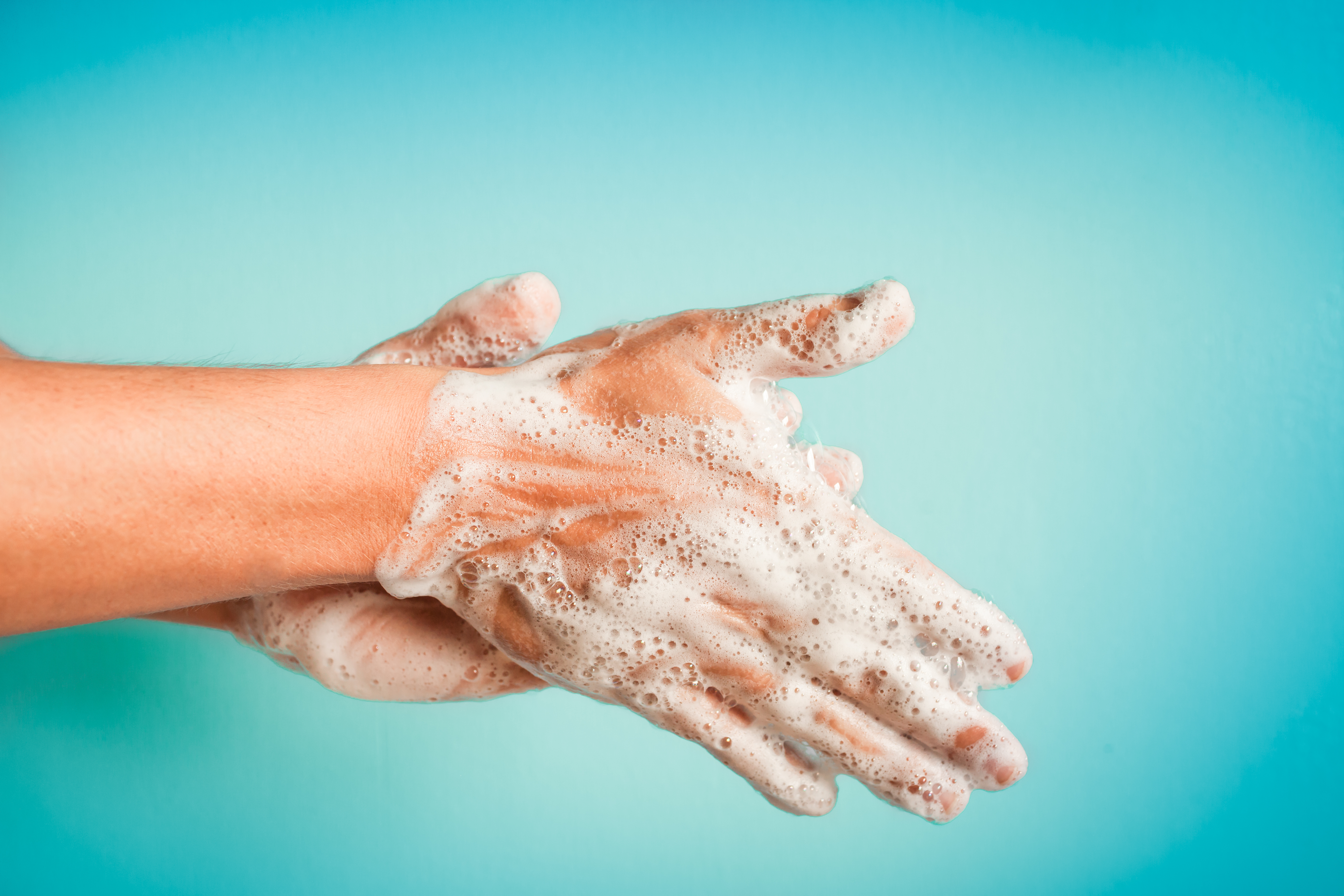 All creams and ointments based on Acyclovir can slightly muffle the disease at the very beginning, but it will not work to cure it exclusively with such means.
All creams and ointments based on Acyclovir can slightly muffle the disease at the very beginning, but it will not work to cure it exclusively with such means.
And yet how to treat herpes? With herpes on the hands and other skin localizations, doctors most often prescribe complex treatment:
- Tablets. For oral administration, Valtrex or Famvir are most often prescribed. If the skin lesion has turned into a purulent form, a course of antibiotics may be prescribed.
- External means. For surface treatment of the affected areas, ointments and creams with the base of Acyclovir are prescribed. Soda and potassium permanganate solutions are also prescribed.
- Healing period. When the treatment of herpes on the hands comes to an end, doctors recommend lubricating the skin with fir oil for quick healing.
If you are wondering how to treat hand herpes at home (folk methods), know that it is practically useless. There are many good and effective recipes in folk medicine, but herpes on the hands or herpetic panaritium cannot be treated with such methods.
In the treatment of herpesvirus of this localization, it is highly not recommended to use preparations with the basis of corticosteroids. As well as painkillers – Analgin, Nise, etc. Do not start treatment for herpes without visiting a doctor!
Peculiarities of infection in children
Children, especially small ones, with frequent colds on the lips, are at high risk of getting herpes on their hands. If a child shoves his fingers into his mouth, then there is a high probability of transferring the virus from his lips to his fingers.
Hypothermia or overheating can provoke the activity of the virus and subsequently the formation of herpes on the hand of a child. Therefore, children should be dressed according to the weather.
If the child is still infected, it is necessary to constantly monitor him.

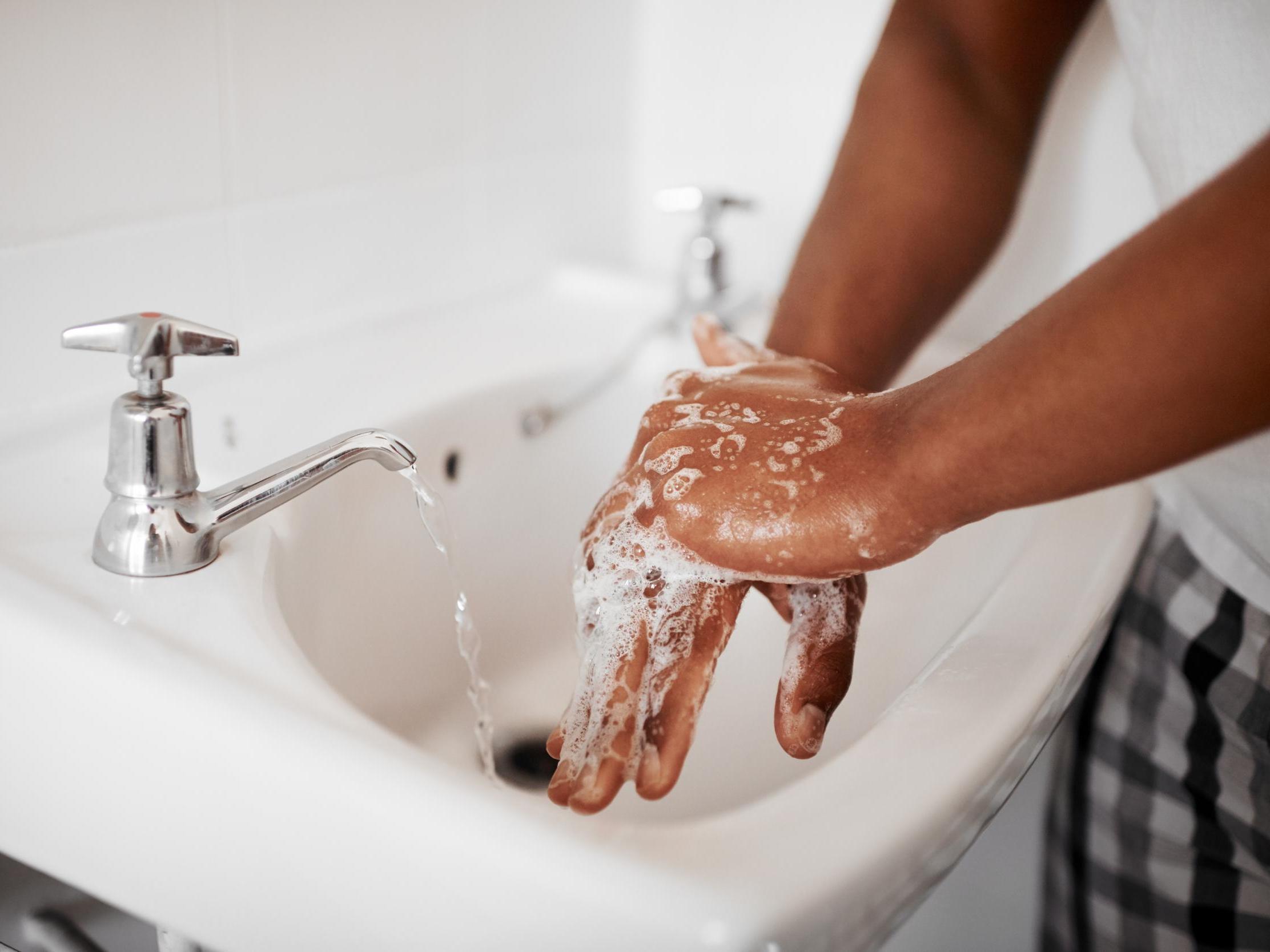
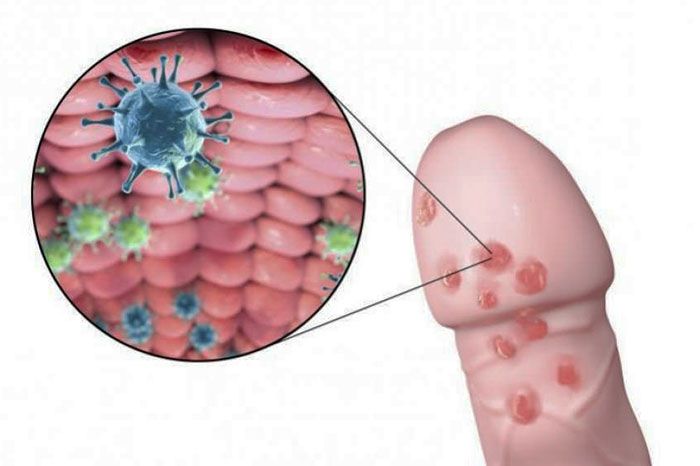
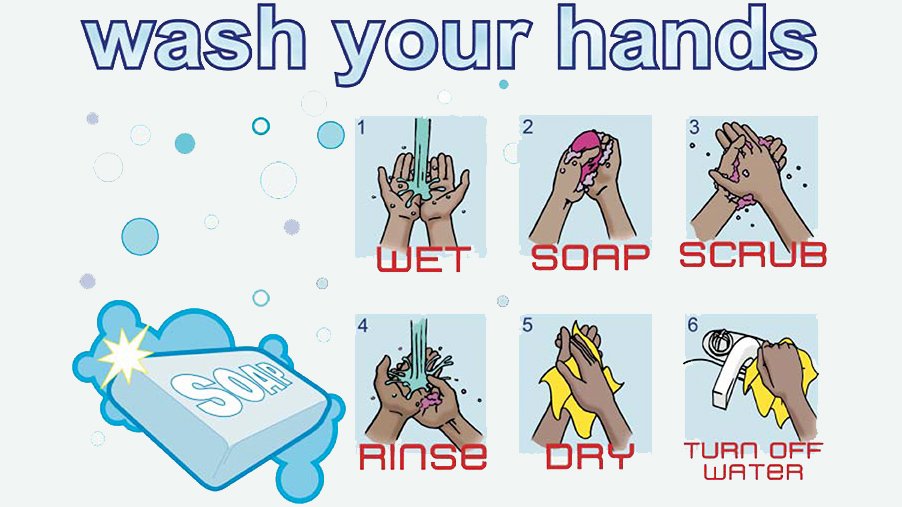 The possibility of the appearance of herpes on the hands or fingers during independent migration within the body is practically excluded. Therefore, it is possible to infect hands with herpes only when the skin of the hands comes into contact with an infected area of the body.
The possibility of the appearance of herpes on the hands or fingers during independent migration within the body is practically excluded. Therefore, it is possible to infect hands with herpes only when the skin of the hands comes into contact with an infected area of the body. Since the bubbles begin to burst and the herpes virus penetrates into new areas of the skin.
Since the bubbles begin to burst and the herpes virus penetrates into new areas of the skin. Herpes on the palms and back of the hand is much less common. But this is the most unpleasant area for the patient, because the palms are most often used in everyday life.
Herpes on the palms and back of the hand is much less common. But this is the most unpleasant area for the patient, because the palms are most often used in everyday life.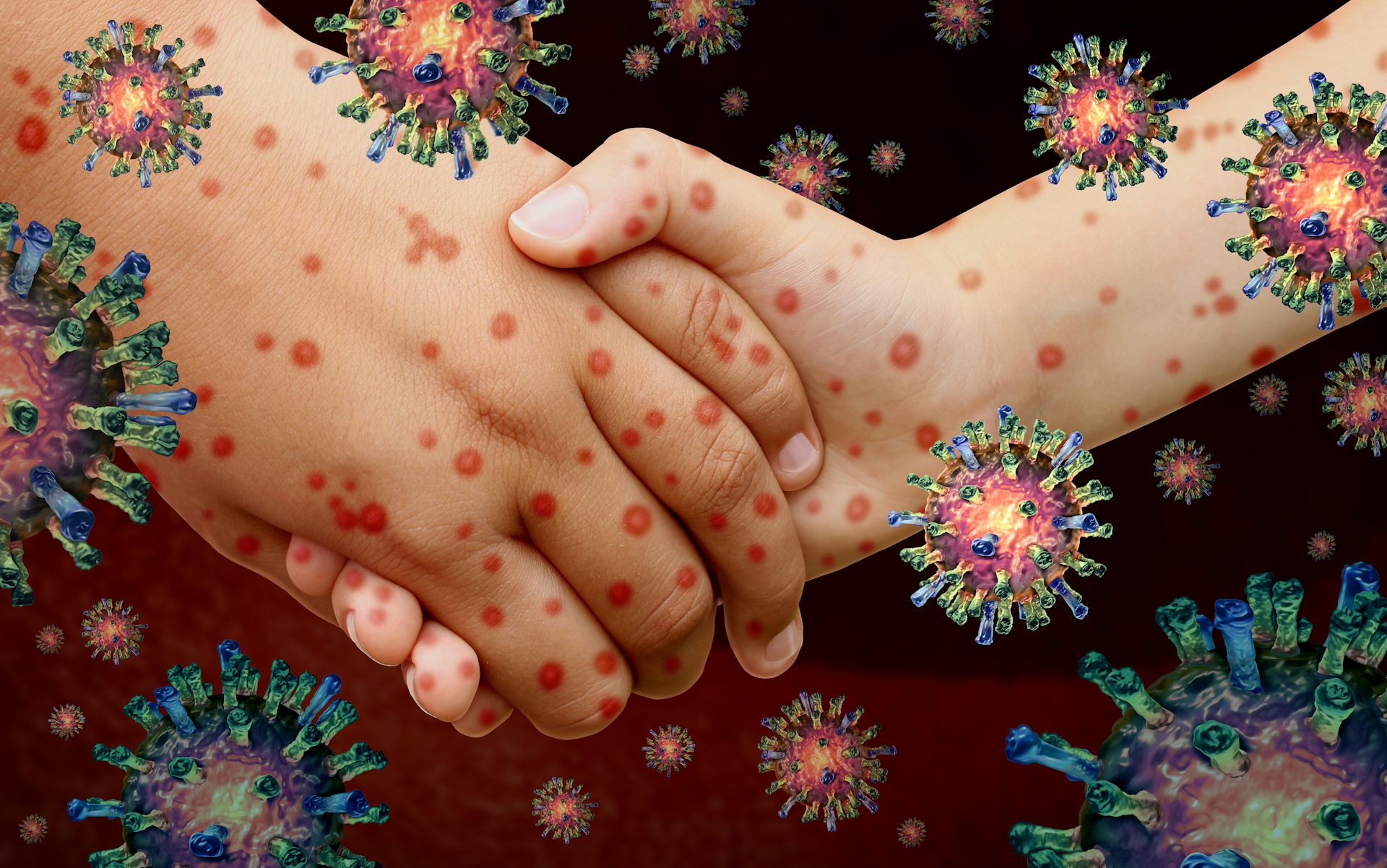 And also herpes on the fingers does not provoke severe inflammation in the tissues.
And also herpes on the fingers does not provoke severe inflammation in the tissues.